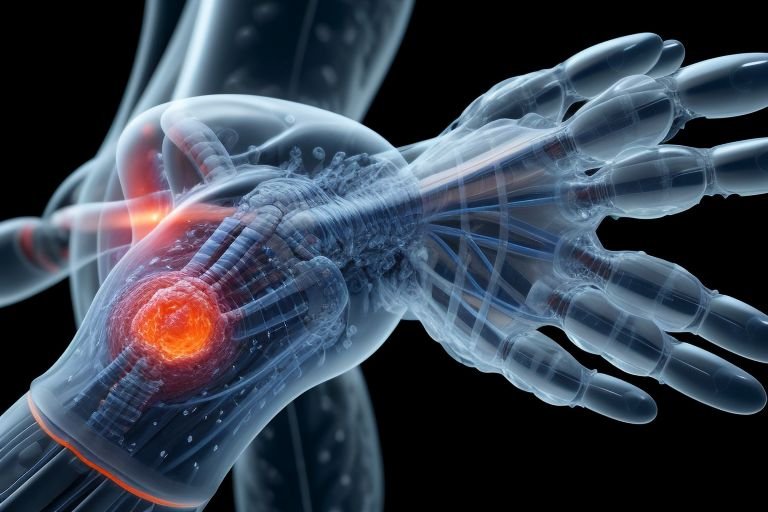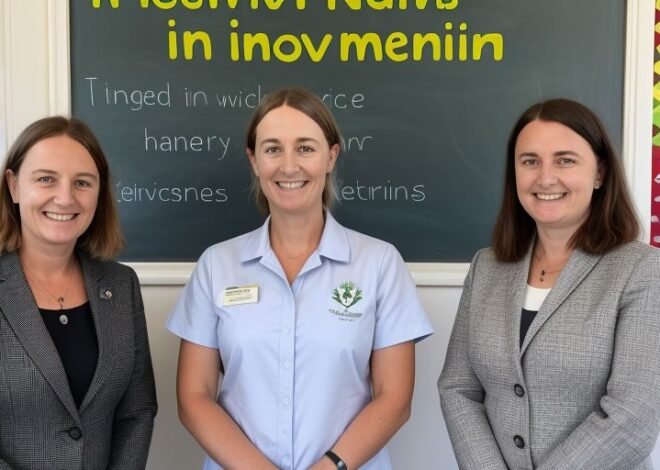
Hydrogel Treatment Breaks Through In Early Stages Of Osteoarthritis
Scientists in China have developed a breakthrough in the therapy to osteoarthritis, a painful joint disease that affects millions globally. The team has come up with a new hydrogel that might reduce and cure arthritis in its initial stage. This is a light at the end of the tunnel for all the many patients suffering from this progressive and chronic disease.
Osteoarthritis is characterized by wear and tear on articular cartilage or the loss of this specialized connective tissue which constitute the cushion between articulating bones and development of painful bony spurs, stiffness and a decrease in joint mobility.
Currently, treatment is more or less palliative as it aims only at strengthening a disparate approach to condition management. However, this new hydrogel invention will seek to do it differently since it targets the disease process directly.
To do this, there is a hydrogel used which helps in promoting tissue ingrowth because it mimics the ECM of the cartilage and at the same time, delivers therapeutic agents at the same time. The advantage of this gel is that it can be injected directly into the joint space thereby creating a cover over the damaged cartilage and at the same time allow for the regeneration of the same.
Another benefit from this hydrogel is that it can respond to the mechanical forces applied on joints during motion. This dynamic property ensures that the treatment will not just be 8 effective at the time of administration but its effectiveness is sustained during the next activity after the treatment: thus, it may enhance the long term treatment outcomes.
Animal research that has been done also indicates positive outcomes where treated animals depicted considerable improvements in issues to do with the joints as well as less inflammation than animals that had not undergone the treatment. These researchers are soon going to launch some human clinical studies regarding the safety and other benefits of this approach.
If effective this hydrogel treatment can become an innovative approach to treating osteoarthritis without requiring a surgical intervention while targeting the source of the pathology. As a result, the impact of TCP could be an enhancement of patient’s quality of life, and possibly reduction or possibly complete elimination of joint replacement surgeries in some patients.
The development of this hydrogel also shows that there is still a lot that can be done about the advancement of the field of regenerative medicine and biomaterials. Therefore, changes in demography such as increased life span and advancements in technology make development of such innovations even more essential as parents seek to achieve mobility independence as they age or succumb to degenerative diseases of the joints.
Despite these, we understand that the journey from bench to clinical practice is often a long and arduous process, nonetheless this is a move towards combating osteoarthritis. This gives a hope not only to the individuals who are already affected with the condition but also to the generations that come after them through a better technology that is effective and less risky.
Indeed, as more work is done in this area of study, it can be expected that modalities of handling osteoarthritis and other joint disorders will be made more specific and patient-adapted. This hydrogel invention could be the first indication of the dawn of a new age in the treatment of orthopedic woes where regenerative medicine takes center stage in ensuring our joints remain healthy through out our life’s.


